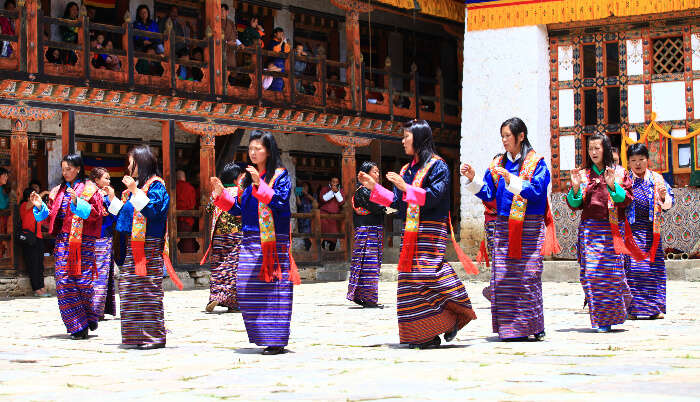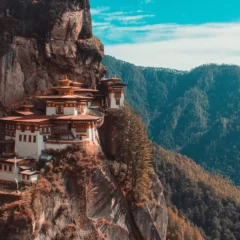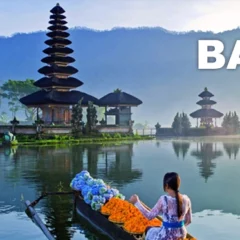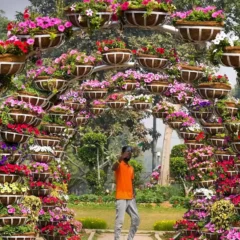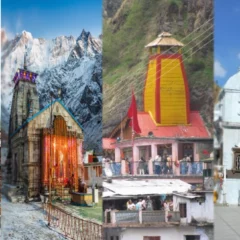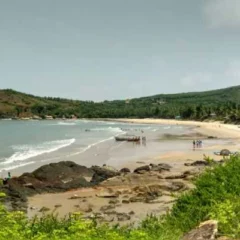By KSHVID DESK
Bhutan is the last Himalayan kingdom, surrounded by spectacular snow-capped mountains and dense forests that form beautiful scenery. But that’s not all; Bhutan is the only country globally with a forest cover of 72 percent, making it not only carbon-neutral but also carbon-negative. Apart from that, Bhutan is a fascinating and mystical country where ancient Buddhist culture collides with spectacular fortresses such as dzongs and monasteries. Bhutan is a one-of-a-kind destination due to its unique monastic architecture and artwork on the walls representing phallic as a message to fight off evil. This one-of-a-kind country, rumored to be the final Shangri-La, is undoubtedly the most fantastic place to come for family vacations, honeymoon tours, and even adventure vacations. And, to be a part of this fascinating region, you may have your own Bhutan experience by following this guide to the top tourist attractions you must see and do in Bhutan.
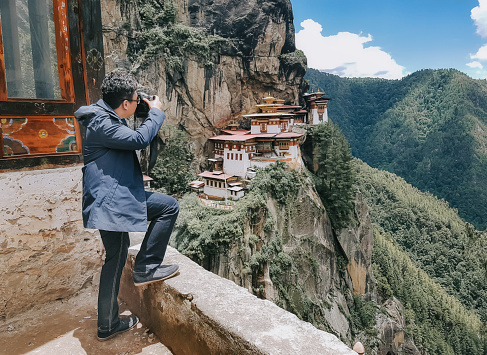
Buddha Dordenma Statue:
The Buddha Dordenma Statue, erected in the Himalayas to commemorate the 60th anniversary of the fourth Bhutanese king, Jigme Singye Wangchuck, is one of the world’s largest Buddha rupas, standing 52 meters tall and containing over 125,000 tiny Buddha sculptures. The project, designed in the shape of Sakyamuni Buddha’s sitting figure, cost more than 100 million dollars to finish. The Kuensel Phodrang Nature Park, a 943-acre woodland area surrounding the Buddha statue, opened in 2011 to allow visitors to the monument to relax in a tranquil and peaceful environment. Padmasambhava himself foresaw the statue’s construction in an ancient terma dating back to the 8th century.
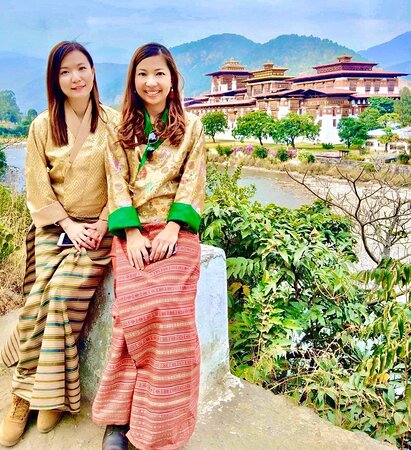
Paro:
At the western extremity of the Bhutanese Himalaya, Paro is set in the center of a vast valley. It’s home to the whitewashed rises of the great Rinpung Dzong, whose paved roads and neatly painted, half-timbered cottages belie its modern construction (Paro was rebuilt mainly in the 1980s, with all work adhering to the region’s traditional architecture). This vast complex of timber-topped walls, part monastery, part fortification, is one of the country’s most outstanding examples of military-religious architecture. The National Museum of Bhutan, located in an old watchtower on a hill above it, is open to visitors.
Thimphu:
Thimphu is a strange spot, straddling the Raidak River’s meanders in its little gap in the center of the western Bhutanese Himalaya.
It breathes old Buddhist charm with its historic temples and monastery complexes. At the same time, the recent entrance of motorized traffic and modern business gives it the vitality and flair of a new town. From the 15th-century Changangkha Lhakhang to the great bronze figure of Sakyamuni Buddha with its vistas of the mountains, there are numerous landmarks. Don’t miss the massive Trashi Chhoe Dzong, which today serves as the seat of Bhutan’s government.
Zuri Dzong Hike:
The summit of the Zuri Dzong Trek is possibly the best place to get a birds-eye view of the entire Paro valley. The Zuri Dzong is Bhutan’s oldest Dzong. The Zuri Dzong has a cave where Buddha meditated in the 8th century. Both Bhutanese and tourists can relax and enjoy the tranquility that emanates from the breathtaking scenery, which can be gazed at for hours in wonder and admiration. If you start at the museum watchtower, it will take around 30 minutes to get there, plus an additional hour to exit towards Uma. Tourists can anticipate sitting and relaxing there and taking in the spectacular side view that makes tourists fall in love with it at first sight.
Punakha Dzong:
Punakha Dzong is also known as Pungthang Dewachen Phodrang . Pungthang Dewachen Phodrang means Palace of Great Happiness. Punakha Dzong is Bhutan’s most beautiful and majestic dzong. It is the country’s second-oldest and largest dzong. Punakha is a 3-hour trip east of Thimpu’s capital, and after passing through a mountain pass, the place is a spectacular and glorious sight on the first look from the road. It is strategically located between two rivers, the Pho Chu (male) and the Mo Chu (females), which have distinct color variances in their water. Punakha Dzong is connected to the mainland by an arched wooden bridge and contains numerous valuable treasures from the valley’s
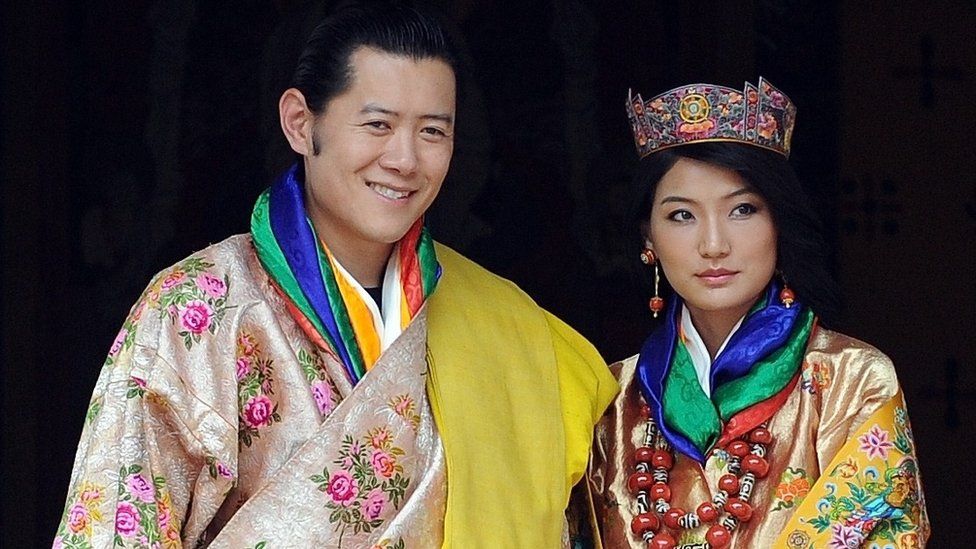
kingdom’s reign of successive monarchs.
Haa Valley:
Haa Valley is known as Bhutan’s smallest district. It is one of the most beautiful regions in the country. Haa Valley is located southwest of Paro. The magnificent wooded forests and routes are ideal for enthusiastic hikers and trekkers. This is also the only spot on the planet where the cream-colored bloom of the Blue Poppy may be found (Meconopsis Superba).
Despite its remoteness and lack of tourist attractions, the Valley is home to some of Bhutan’s most breathtaking views. It is inhabited by nomadic herders and a small Bhutanese population. Rice, barley, and wheat are the most common crops grown. That’s why Haa valley is also known as the “Hidden-Land Rice Valley.”
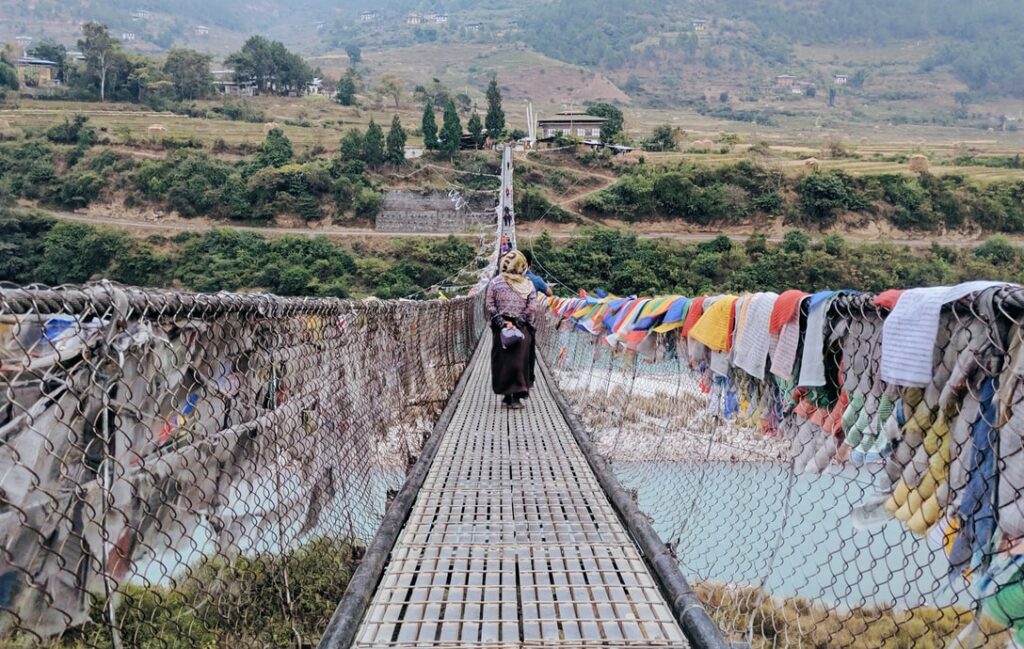
The Valley, which connects the districts of Paro, Samtse, and Chhukha, is 1706 square kilometers in size. It was only opened to tourists in 2002 and has become a popular destination for hikers and environment lovers. Haa Valley is a strategic location 30 kilometers from Paro, accessible by the Chele La Pass.
The best trekking and mountain biking paths in Bhutan are organized in this area. The people of Haa Valley adhere to the teachings of the 8th Guru Padmasambhava, which may be seen in the region’s customs and celebrations. The Haa Summer Festival, which takes place in July, is one of the most popular festivities among the Haa tribe and Nomads.
Bhutan is the country which can be called the original land of smiles. The country has only recently emerged from the shadows, with a national manifesto centered on growth, community happiness, and cohesiveness.This country had something in it. While obtaining visas and permits to go here might still be challenging, the treasures that await make the hassle well worth it. Whether you’re a culture vulture, a history buff, or simply a budding explorer looking for a less-traveled corner of the globe, Bhutan has you covered! (Images – Bhutan Tourism)
